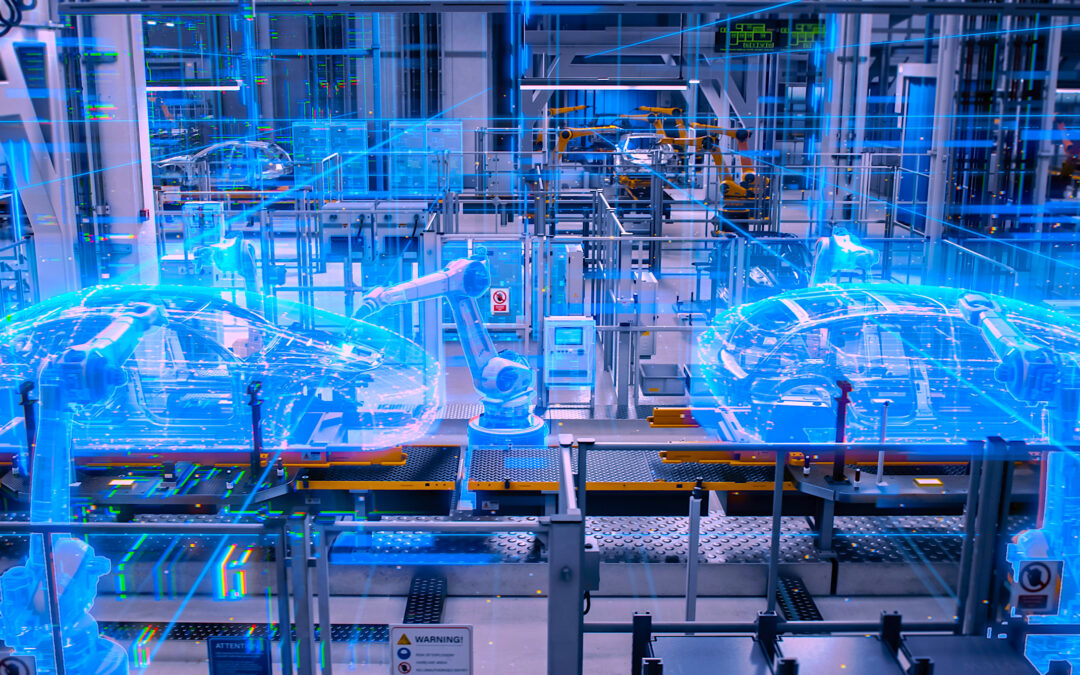Let’s start with a recap: This is the fourth in an ongoing series of columns with the following theme: “If there were ever a time to get serious about lean manufacturing, it’s now. The vision of doing more with less of everything may very well be the new reality in our upside-down, post-pandemic world.” In my June 6, 2022, column, (see link below), I recommended a goal that RAM Pros can readily grasp: “Lean Equipment Management (LEM) for the most critical, most penalizing equipment-driven processes.” That, in turn, begins with a business focus.
This week, it is important to note that if any improvement is to have a “business focus,” top management must be engaged, not just from a “spectator” standpoint, but as a sponsor, supporter, and/or backer. RAM Pros are right in the middle of it all: between plant-floor improvement actions and top-management decision-makers. How these two ends of an organizational spectrum connect is an absolute make-or-break linkage that we should be in a position to influence.
Top management (C-level executives, plant managers, and the like) set the direction and desired speed of the business in response to market demands and competition. Top management is also responsible for steering the course toward new market opportunities. Why, then, should top management not set the direction and speed for plant/equipment reliability improvements?
MANAGING VS. LEADING
Two key behaviors come into play in Lean Equipment Management: managing and leading. They’re not the same. While top executives are charged with managing the business, i.e., budgets, projects, reports, etc., it takes real leadership to guide people in a direction to achieve goals they wouldn’t normally pursue by themselves. Note that management is about controlling things. Leadership is about influencing and motivating people.
Connecting top management to the plant floor for improving equipment performance and reliability falls squarely in the laps of a multi-functional LEM Team. This team must be led from the top of the organization to achieve business goals, not with management behaviors, but via leadership behaviors. The top-level manager or executive must be able to communicate the “business case” for improvement on the plant floor in ways that motivate the LEM Team and those who have a direct impact on equipment performance and reliability.
The 6th principle of LEM (“Winning with leadership and teamwork focused on common goals”) not only coexists with the other principles. It enables and influences the actions in all LEM actions (see link to my June 13, 2022, column below). Lean Equipment Management is all about MANAGING equipment. Building a set of LEM behaviors (a culture) around critical machines is all about LEADING people.
BOTTOM LINE
As RAM Professionals, we should step up to coach top managers and help them lead reliability-improvement initiatives from a business perspective. We can also help them articulate the BIG OPPORTUNITY ahead and the path we’re taking to get there. Finally, we can help them motivate the LEM and plant-floor teams, and, crucially, help them understand what it means to “walk the talk” in building a Lean Equipment Management Culture.
In next week’s column, we’ll focus on putting “The 7 Principles of Lean Equipment Management” to work.TRR
Click These Links To Read Prior Installments In This Series
“Is Lean Manufacturing Dead? Surely Not” (May 31, 2022)
“Lean Manufacturing: Where To Begin?” (June 6, 2022)
“Lean Manufacturing: The 7 Principles Of Lean Equipment Management,” (June 11, 2022)
ABOUT THE AUTHOR
Bob Williamson is a long-time contributor to the “people-side” of the world-class-maintenance and manufacturing body of knowledge across dozens of industry types. His vast background in maintenance, machine and tool design, and teaching has positioned his work with over 500 companies and plants, facilities, and equipment-oriented organizations. Contact him directly at 512-800-6031 or bwilliamson@theramreview.com.
Tags: reliability, availability, maintenance, RAM, asset management, skills development, on-the-job training, supply-chain issues, training and qualification, professional development



